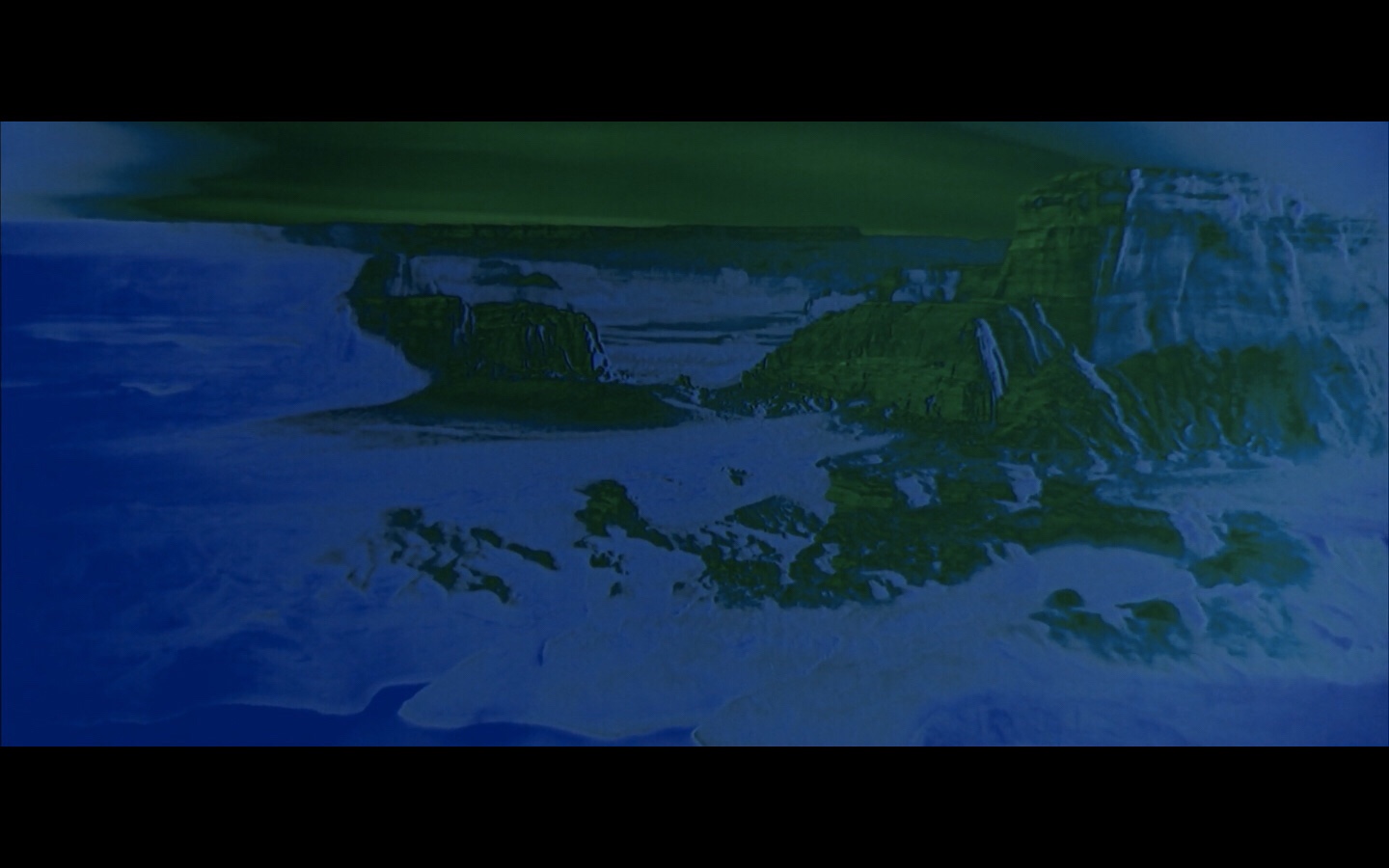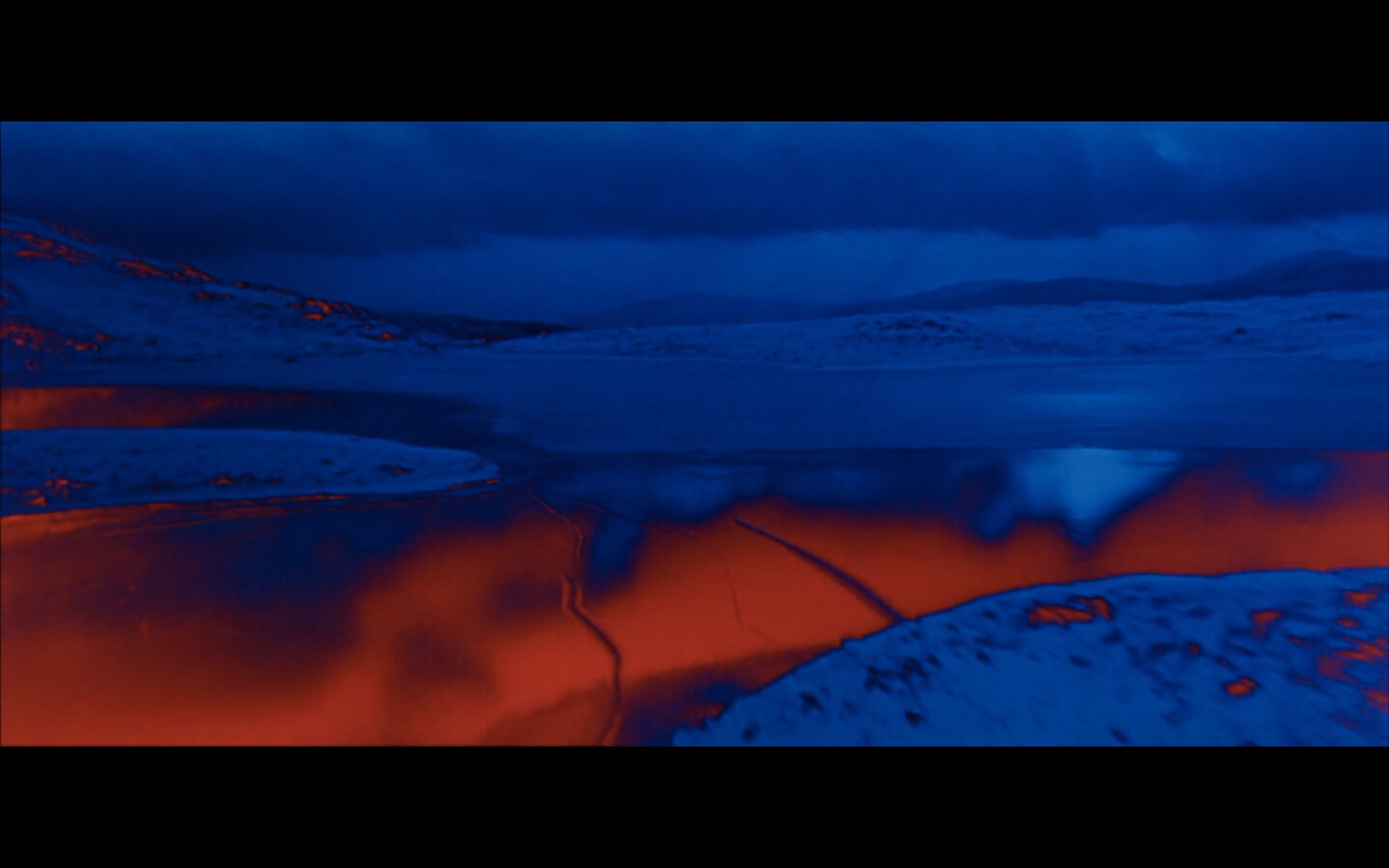Continuing our Space Odyssey 2001 series:
2001: Space Odyssey Compositions
- Part 4: Epic Cinematography of 2001 Space Odyssey by Stanley Kubrick
- Part 3: Epic Cinematography and Philosophy of 2001 Space Odyssey by Stanley Kubrick
- Part 2: Epic Cinematography and Philosophy of 2001 Space Odyssey by Stanley Kubrick
- Part 1: Epic Cinematography and Philosophy of 2001 Space Odyssey by Stanley Kubrick
See all CINEMA Composition Lessons >
Super low angle for drama
After DAVE makes it alive through the hatch, he’s in a mission to “kill”/deactivate HAL, the “evil” computer trying to kill him.
What I quite like in this scene is just how low the angle is, from such a low perspective, perhaps shot on a 24mm lens.






Green-Red color combination
Love this minimalist palette of the contrast of red and green, two strong opposing colors:



Beautiful minimalism of putting HAL to death
Love the “piano keys” of the memory/brain of HAL. You must watch the scene in the film, it gave me chills:



DAVE discovers the truth, then about to jump into hyperspace
Before one of the most epic transitions in the history of film:


Jumping into Jupiter

Hold onto your seats, this is gonna be one hell of a trippy and mind-bending drive:



































































Finding himself in a creepy room
Kind of reminds me of the last scene in the Matrix, except instead of meeting the “creator”, Dave meets his future (older) self.
Note the absolutely epic color contrast between his orange suit, and the cold blue walls:




















The surreal part, when his future self looks back at him:











He’s having a meal by himself, then drops his glass. Perhaps a symbolism for how fragile life is. Then he sees himself as a (very very) old man, about to die:




The dramatic scene, when he’s lifting his finger, and then suddenly — appears the “alien” black stone slab:


What happens next? Dave is transformed into a baby/embryo/womb:

Then the symbol of the baby; impermanence of life, yet rebirth through death:










The last scene, the baby looks straight at you. What does it mean? To me, it encourages me to memento mori, remember my death, but also for myself to be reborn on a daily basis.
Thus concludes one of my favorite films. Thank you Stanley for blessing us with such a phenomenal, timeless film, which inspires us with the cinematography, symbolism, colors, and Philosophical reflections on human life.
ERIC


